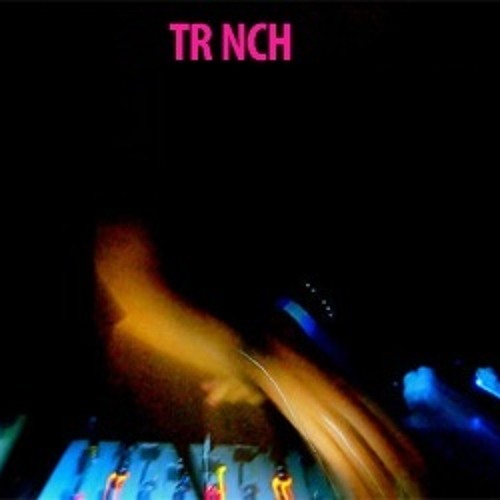

Red Iranian Travertine stone, Great Queen Street, London.Īction for Children works in partnership with statutory bodies to deliver services for children, young people and their families in five main areas:Īction for Children is a major provider of family support services and works in partnership with local authorities across the UK. Projects and services įamily: from another place by David Worthington, 2010. The organisation continues to offer an information and record access service to people who were sent overseas as children under its auspices. In these respects, the NCH failed to take sufficient care to protect child migrants from the risk of sexual abuse. The Inquiry also finds that, although the NCH stopped migrating children due to concerns about the adverse conditions, it did not bring back to the UK those children previously migrated. This included the quality and number of staff, and the punishment regimes in place. Nevertheless, we consider that NCH’s failure during the migration period to ensure that it received more regular reports from the receiving institutions meant that it could not be properly satisfied about some aspects of the care provided. They then took the commendable decision to halt migration promptly in light of the concerns raised. This allowed them to appreciate the poor care being provided to some child migrants in Australia. The NCH put more measures in place than other institutions to monitor the care being afforded to child migrants. The Inquiry concluded that, although the NCH's principles of care had been ambitious for the time, some children were placed in "harsh conditions": The Independent Inquiry found that some children were sent by the NCH without their parents' consent, and that some children who wanted to come back to the UK were not allowed by the NCH to do so. NCH is estimated to have sent 3,500 children to Canada between 18, and a small number of children to Australia in the 1930s and early 1950s. The NCH itself has said that "the experience of migration was profoundly damaging to significant numbers of the children concerned". This programme of sending children to Canada, where they were called Home Children, has been criticised and children have been found to have been abused following migration. The NCH set up a child emigration scheme in 1873 and a branch in Hamilton, Ontario, Canada, opened. In December 2016, Catherine, Duchess of Cambridge, succeeded The Queen as patron of the organisation. The changes were part of the shift away from providing children's homes (most of which have now closed) to a wider range of services. Fourteen years later, in September 2008, it became 'Action for Children'. In 1994, the charity changed its name to 'NCH Action for Children'. Gordon Barritt, who became the head of NCH in 1969, started the process of closing the organisation's children's homes and starting to offer support to keep children with their families. The charity became an adoption agency in 1926. Many other new branches and schools were founded, including the first residential nursery branch in Sutton Coldfield in 1929 and the first Scottish branch in Glasgow in 1955. It subsequently became the charity's head office. In 1913 work began on a large site in Harpenden, which became home to over 200 children, with a print works for apprentices. įurther properties in Alverstoke, Hampshire Chipping Norton, Oxfordshire Frodsham, Cheshire and Bramhope near Leeds were acquired and, by 1908, the charity had grown to become the 'National Children's Home and Orphanage'.



With the opening of the Princess Alice Orphanage in Birmingham the Home was renamed to 'Children's Home and Orphanage'. Īn Industrial School at Milton, Gravesend, was taken over in 1875 and a children's refuge in Ramsey on the Isle of Man established in 1882. A childcare course was set up in 1878 and the graduates of this programme – who were called 'the Sisterhood' or 'the Sisters of the Children' – went on to work in the Home. The homes were divided into small family units run by a 'house mother' and 'house father', which was in marked contrast to the large institutions and workhouses common at the time. A year later, in 1872, a second home opened in Edgworth, Lancashire. The home was approved by the Wesleyan Methodist Conference in the same year. In 1871 the home was moved to Bonner Road, Victoria Park, and girls were admitted. The first two boys were admitted on 9 July 1869. The first 'Children's Home', a renovated stable in Church Street, Waterloo, was founded in 1869 by Methodist minister Thomas Bowman Stephenson, who had been moved by the plight of children living on the street in London. The first boys to be admitted to The Children's Home in 1869


 0 kommentar(er)
0 kommentar(er)
